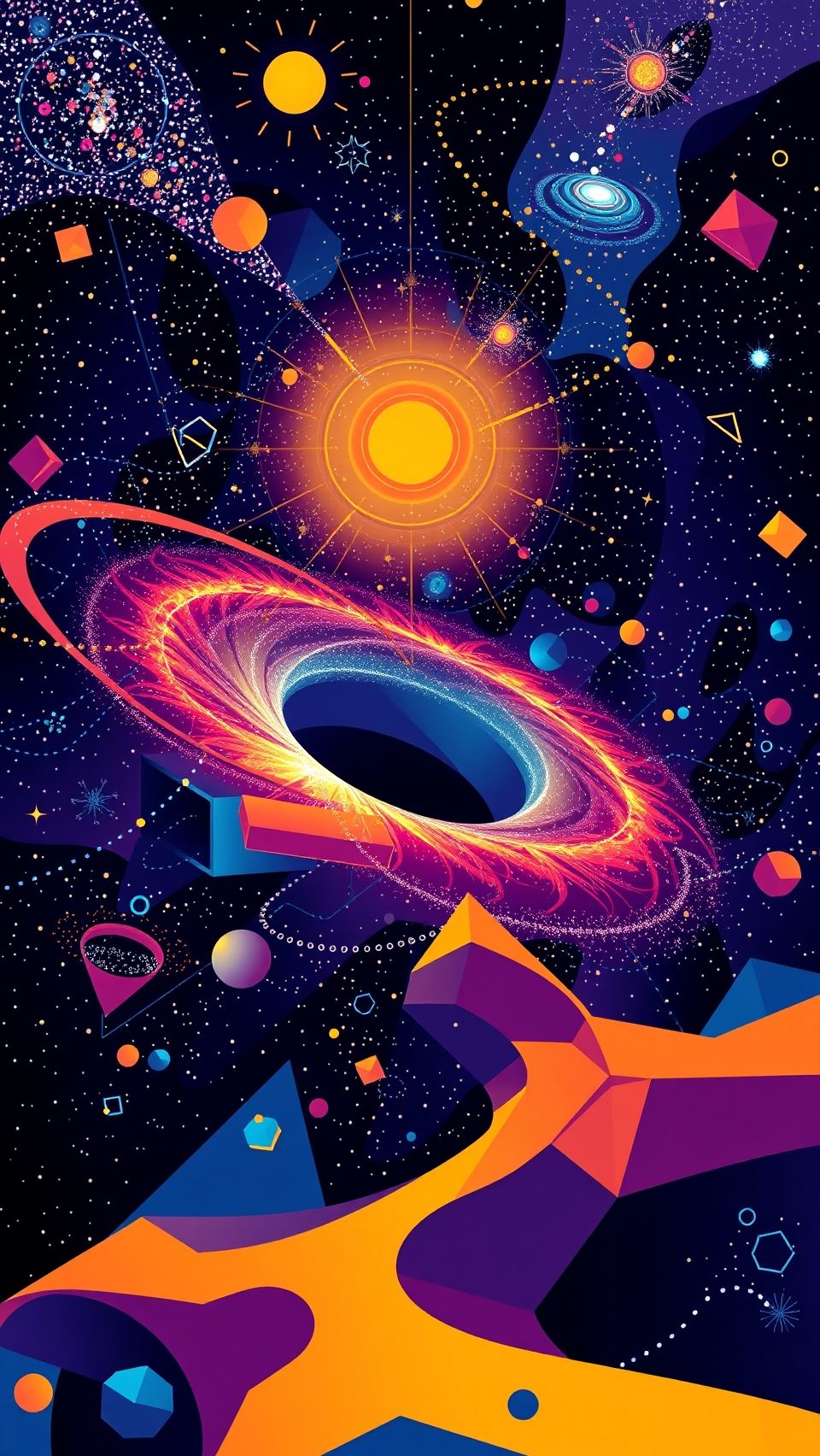Dji Osmo 360 Takes Down Gopro In Epic Camera Face-Off
The Ultimate Showdown: DJI Osmo 360 vs. Action 5 Pro - A Comprehensive Comparison
In the world of …
23. July 2025

Astronomers from Yale University and the University of Copenhagen have made a groundbreaking discovery in the universe, uncovering a peculiar structure dubbed the “Infinity Galaxy.” This enigmatic figure is the result of two colliding galaxies merging to form a larger entity, resembling the infinity symbol (∞) when viewed from Earth.
The “Infinity Galaxy” was discovered through the combined efforts of the James Webb Space Telescope and the Chandra X-ray Observatory, two of the most powerful astronomical instruments available. The data collected from these telescopes reveals a fascinating structure, with at least two consolidated black holes located within the merged galaxies’ disks. Furthermore, a region of compressed gas at the point of intersection suggests the presence of a supermassive object.
The formation of supermassive black holes is still shrouded in mystery, with various theories attempting to explain their creation. One popular theory suggests that these massive black holes are formed through the collapse of stars under their own gravity, while another proposes that they can arise from the direct compression of dense gas clouds. The “Infinity Galaxy” presents a unique opportunity for scientists to explore an alternative formation pathway for supermassive black holes, known as direct collapse.
Direct collapse is thought to occur when extremely high-density gas clouds collapse without the need for a star’s demise. While this theory has garnered significant attention in recent years, conclusive evidence of its occurrence remains elusive. The discovery of the “Infinity Galaxy” offers scientists a chance to peer into the universe’s earliest epochs, approximately 470 million years old.
During these early cosmic epochs, collisions between galaxies were relatively common events, potentially leading to the formation of dense gas clouds that could have given rise to supermassive black holes. By analyzing the structure and composition of this galaxy, scientists can gain insights into the evolution of galaxies and the formation of supermassive black holes.
Preliminary data collected from the James Webb Space Telescope and Chandra X-ray Observatory provide strong evidence for the presence of a newborn black hole in the “Infinity Galaxy.” However, some scientists have raised concerns about alternative explanations for the observed structure. For instance, it’s possible that the green point in the image represents a black hole ejected from another galaxy as the “Infinity Galaxy” passes through it. Alternatively, this image might depict the collision of three galaxies, with the third eclipsed by the other larger ones.
Van Dokkum and his team remain cautiously optimistic about their findings. While they cannot definitively say that they have found a direct collapse black hole, they can strengthen the case that they’re seeing a newborn black hole while eliminating some of the competing explanations.
The discovery of the “Infinity Galaxy” is a testament to the power of astronomical observation and the importance of collaboration among scientists. As researchers continue to study this phenomenon, they may uncover even more secrets about the universe’s earliest epochs and the mysterious supermassive black holes that reside within them.
In exploring the origins of this extraordinary structure, researchers may uncover new insights into the formation of galaxies and the mysteries surrounding ancient supermassive black holes. The “Infinity Galaxy” represents a groundbreaking discovery in the field of astronomy, offering scientists a glimpse into the universe’s most enigmatic phenomena.